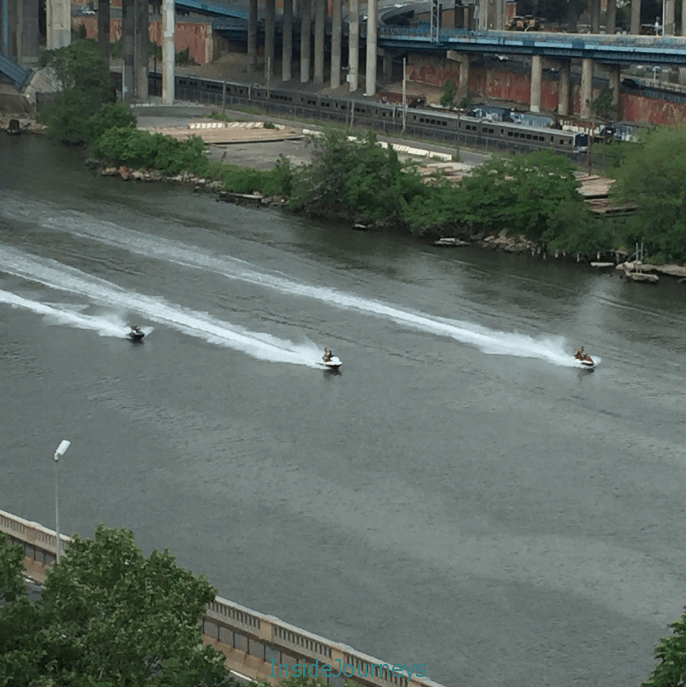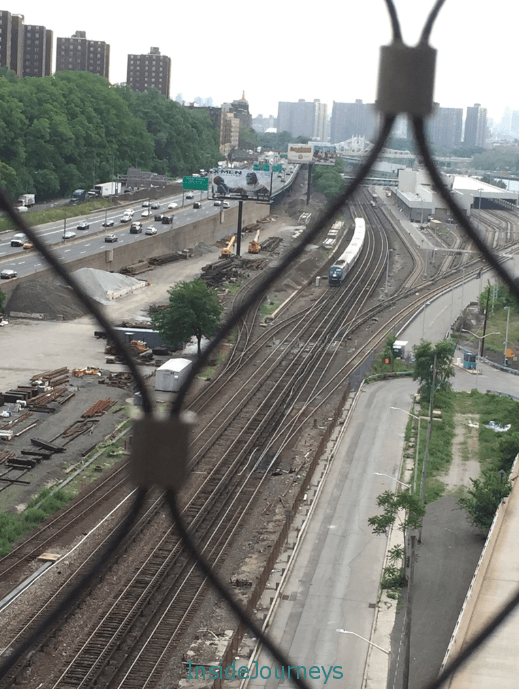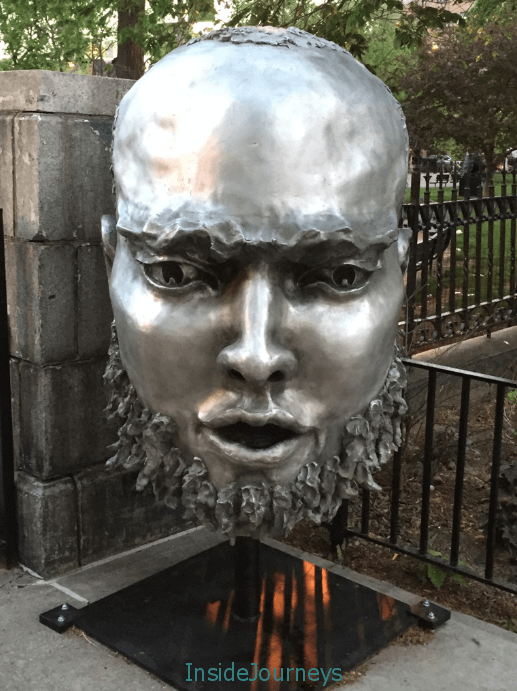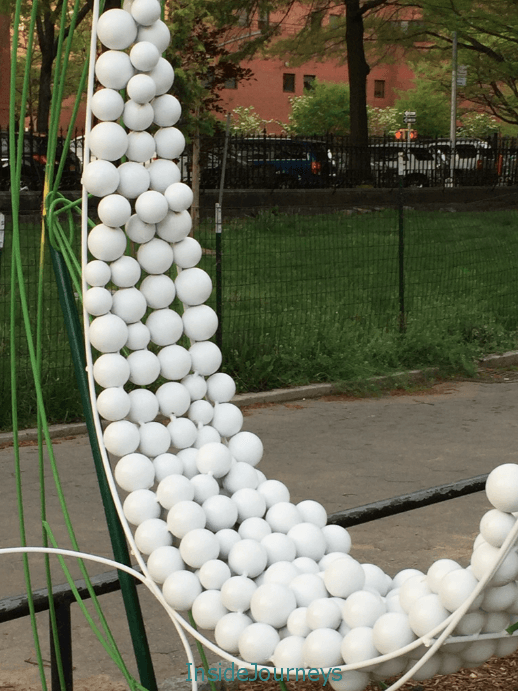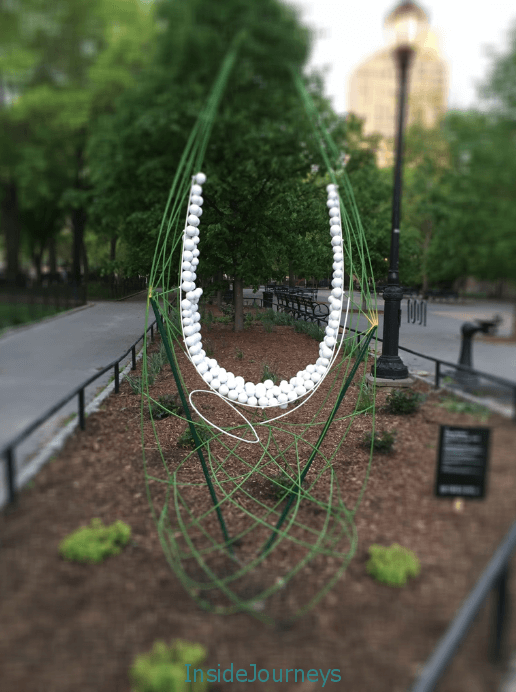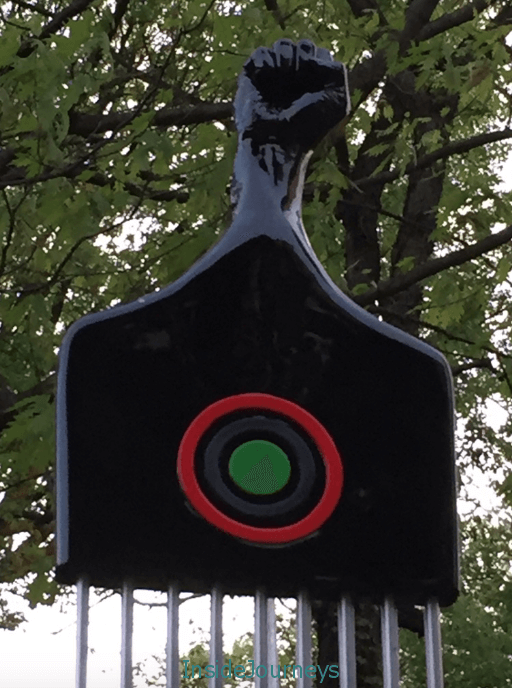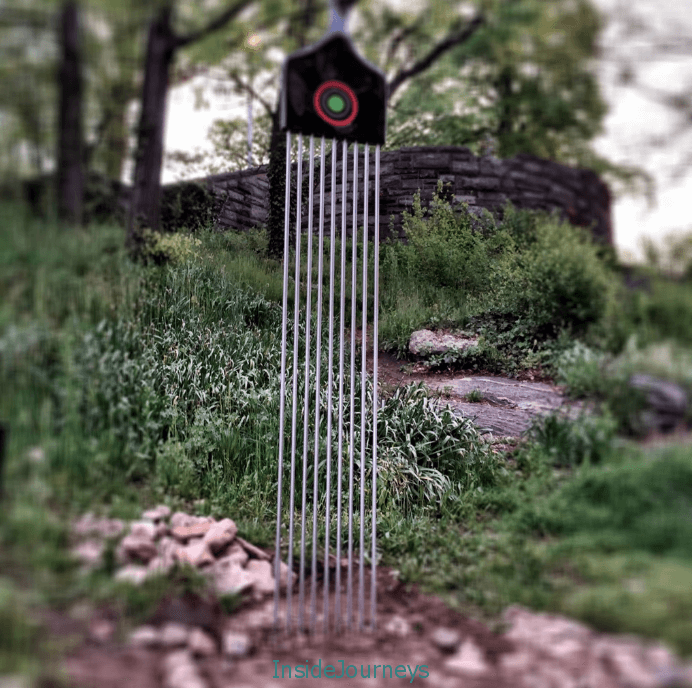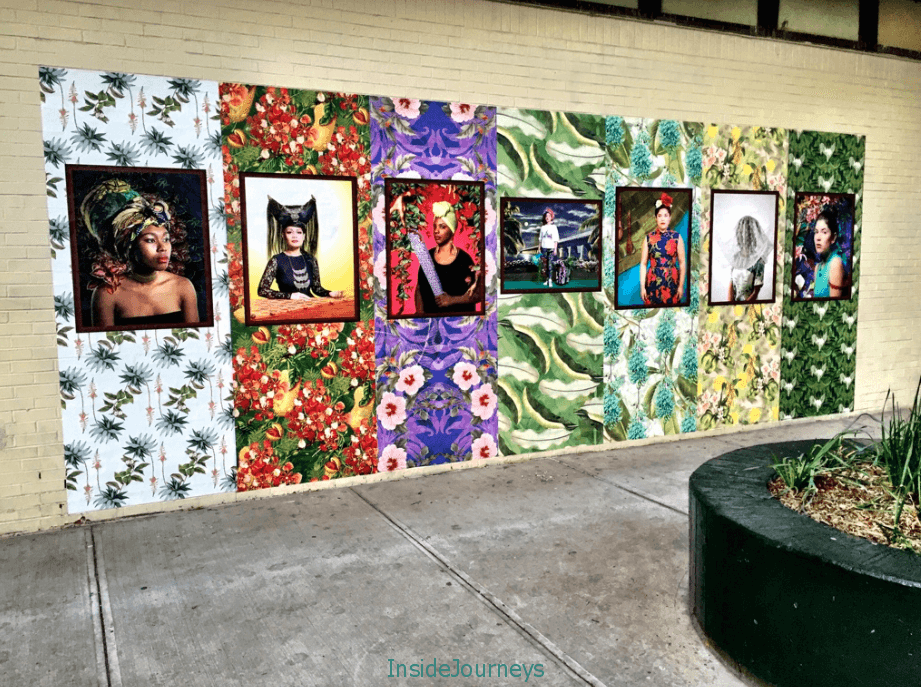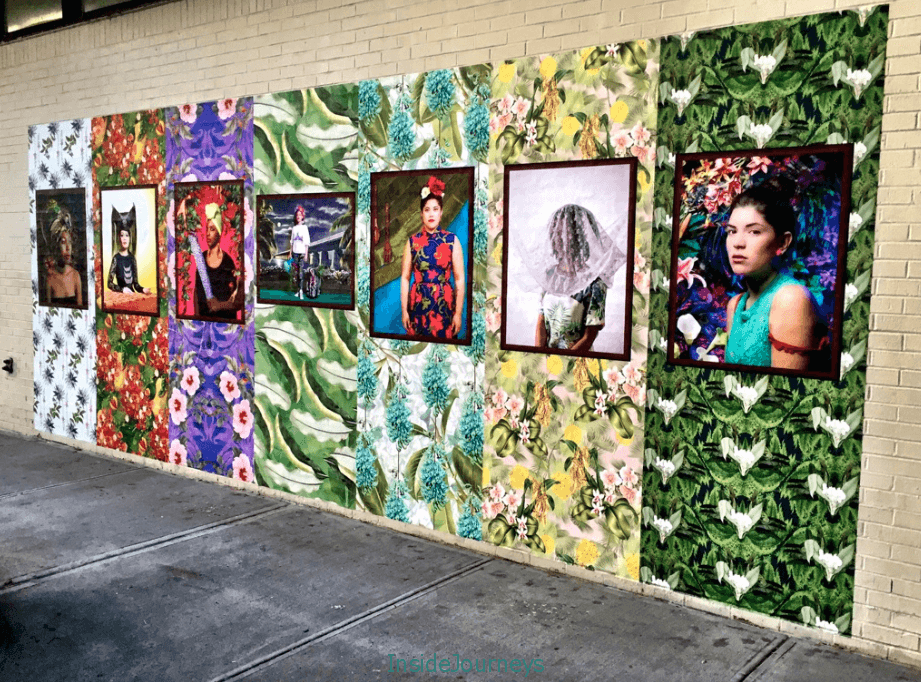The High Bridge is one of fourteen bridges that cross the Harlem River and connect Manhattan (at Highbridge Park and 173rd Street) to the Bronx (at West 170th Street, in the Highbridge section). The bridge, for pedestrians only, reopened last July after several decades of closure and undergoing approximately $62 million worth of renovations.


Known originally as the Aqueduct Bridge, the High Bridge was part of the Croton Aqueduct that transported water from the Croton Reservoir in Northern Westchester to Manhattan. Construction on the High Bridge, which was designed to recall a Roman aqueduct, began in 1837 and was completed in 1848. It is the city’s oldest remaining bridge.
Spanning 1450 feet and 102 feet high, the bridge had 15 arches, 7 over land and 8 over the river. The arches were built high enough to allow navigation on the river, however, they were too narrow and in 1927, a steel arch replaced five of the 8 arches. The aqueduct closed in the 1950s and pedestrian access was closed in the 1970s.
Taking a stroll across the High Bridge, as 1900s New Yorkers used to, has been on my list since last summer but I didn’t get around to doing that until the Memorial Day weekend. My friend and I entered the sprawling Highbridge Park at Amsterdam between West 173 and 174 Streets and followed the signs to the bridge. Through the trees, we spotted some of the arches that remain on the Bronx side of the bridge and the High Bridge Water Tower, which was directly in front of us.
Designated a New York City Landmark in 1967, the 200-foot octagonal High Bridge Water Tower was built on the Manhattan side of the High Bridge in 1866-72 to help meet the city’s need for water.

To get to the pedestrian bridge, we walked down approximately 100 steps (I saw a sign to the Edgecombe Avenue and 165 Street ramp entrance but a light drizzle started before I could check it out.) To my surprise, the bridge was not crowded at all – a few joggers, families out for a stroll, their kids, as soon as they saw the wide open space, took off running and giggling like only they know to do.


Unless I’m a passenger, whenever I’m on Harlem River Drive, I never have time to take in the view. From the High Bridge, I could see the Alexander Hamilton Bridge and the Washington Bridge (which, along with the Henry Hudson, comprise the four fixed arch bridges that span the river), and the parts of Manhattan and the Bronx that line the river.

The original stonework on the bridge, the walkway, lighting and fencing were improved. I liked the addition of plaques that describe a bit of the High Bridge’s history. They’re off to the side, so be sure not to miss them. There are also a few benches for those who wish to linger a while and watch the traffic on the river or the Metro North trains as they head north.
High Bridge Particulars:
You can enter the bridge either from the Amsterdam and West 172 Street (High Bridge Park) entrance, or from the Edgecombe Avenue and West 165 Street ramp access on the Manhattan side. From the Bronx side, use University Avenue and 170th Street. The bridge is open from 7:00 a.m. to 8:00 p.m. daily. There is no fee.







